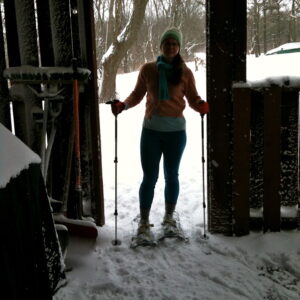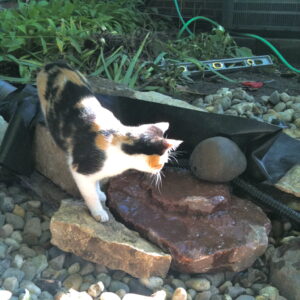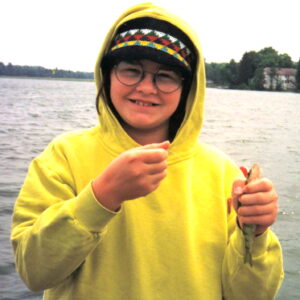Enjoy Summer!
It’s been just over 2 months since the first ever Iowa Outdoor Youth Summit; at least two young Iowans attended the Outdoor Nation Youth Summit and Festival in New York City, and summer is here with especially surprising weather. Here it is the 4th of July and summer officially half over. Impossible; my garden isn’t even all mulched!
So far I’ve gone for a few bike rides, enjoyed some ice cream cones and visited the Des Moines Arts Festival. Twice. I’ve helped facilitate The Ultimate Family Challenge where Culture Inc. took 12 families to Pilgrim Heights for the first weekend of June. It was especially fun to see the kids enjoying the out of doors. Here are some outdoor updates–
- If you’re a new bicyclist, get “The Guide to Your Ride”–FREE–to help you get the most from your bicycle. Go to the Iowa Bicycle Coalition to order your copy; it’s only for Iowans. Learn tips, techniques, and street smarts to make your ride safer and more rewarding. The guide also has information on essential accessories, dressing right, bike shops and other handy resources to make your biking more fun. This guide is only available for a limited time, so act fast.
- Dove Haase and Brittan Alford were delegates to the Outdoor Nation Youth Summit and Festival, in New York City June 19 & 20, 2010.
- The Iowa Outdoor Youth Summit brought together 25 youth and 15 adults to make a plan for reconnecting Iowa young people with the outdoors. The group discussed barriers to kids going outdoors and identified strategies to overcome those barriers. Each team identified specific activities they want to initiate in their own community during the next year, which included a “get outdoors” challenge, developing outdoor classrooms, and mentoring programs.
- Apply for a Disney’s Friends for Change grant and take steps to help the planet. YSA will award 75 $500 grants to youth-led service initiatives around the world that demonstrate youth leadership and the commitment to making a positive impact on the environment. Projects must be completed between September and November and connected to International Coastal Cleanup Day, National Public Lands Day (both September 25), or other environmentally-focused days of service. Disney Friends for Change Grants are open to schools, organizations, and individuals. Grant applications are due Thursday, July 15, 2010.
- My company, Next Step, Inc., just joined The No Child Left Inside (NCLI) Coalition, which supports legislation to include environmental education (current version better known as “No Child Left Behind”).
- The 10th annual River Run Garbage Grab is a chance to help clean upthe Des Moines and Raccoon Rivers. It begins at all sites at 9a.m. on August 14 and event empowers volunteers to remove trash from the river and trails. Paddlers, boaters, hikers, bikers–all are welcome! Sign up and learn more here.















